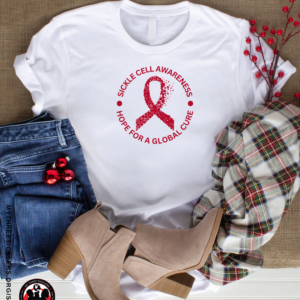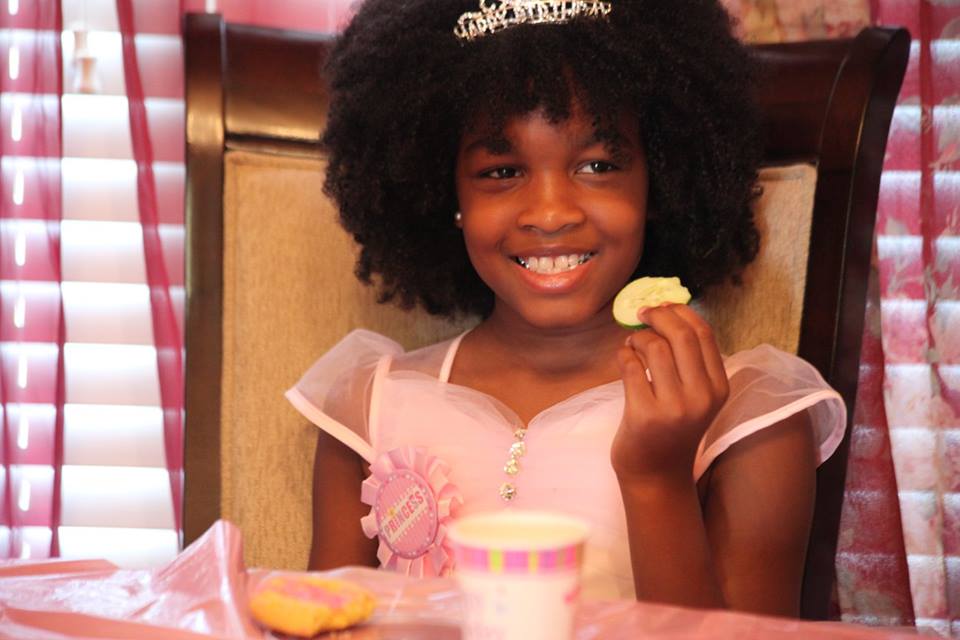
CONYERS, Ga. – Born with sickle cell disease, Kyle James struggled with pain and complications that raised the 6-year old’s risk of stroke, until a gift from his big sister Kendall changed everything.
The two Conyers siblings are very close.
“He’s nice, he makes me laugh every day,” says Kendall.
She’s 8-years-old, and pretty calm. He’s 7-years-old, and all over the place. And, when they play their favorite game, hide and seek, he always gives himself away.
“Every time I get close to him, I say, ‘Kyle, where are you?’ He starts laughing,” says Kendall, laughing herself.
These two are more than just brother and sister.
“I saved my little brother,” says Kendall James.
“Because she gave me her bone marrow,” says Kyle.
That gift allowed Kyle to celebrate his 7th birthday sickle cell-free, after a pretty incredible year.
“We call it a journey of hope,” says their mother Tanya James.
After tests showed Kendall was a perfect sibling bone marrow donor match for her brother, on September 20, 2015, Kyle, then 6, checked into Children’s Healthcare of Atlanta’s AFLAC Cancer and Blood Disorders Center. He began chemotherapy to wipe out his diseased bone marrow.
In sickle cell disease, the normally soft, round red blood cells that carry oxygen throughout the body because sharp and crescent shaped, getting stuck in the blood vessels, triggering severe pain and organ damage. So, the goal was to wipe out Kyle’s marrow, which was producing the defective red blood cells and replace it with his sister’s healthy marrow.
As his hair began to fall out, Tanya James says, they took their cues from Kyle. He didn’t get upset, so they didn’t get upset.
“The first day, I saw the hair on the pillow, I’m all emotional. He’s, like, ‘Oh, that’s just my 5-year old hair. My 6-year old hair will come in soon.’ So, he always had a spin on everything,” Tanya James says.
Ten days later, early in the morning of September 30, Kendall, sleepy and holding her baby doll, was rolled into the OR at Children’s to have her bone marrow extracted from her back. She was just 7 at the time.
“They took it from two holes from the back of my back, from the lower part of my back,” she says.
Those cells would be Kyle’s second chance. Later that same day, Kendall was given special permission by Children’s to be with her brother as he received her bone marrow through an IV.
Tanya James says she felt like she was witnessing her son’s healing taking place.
“Because you’re seeing her bone marrow come through this little tube,” she remembers. “You’re watching the bag go down, and when it gets to empty, it’s like, ‘Okay. Now we wait for the results.’”
It takes a few weeks to know if the transplanted marrow will take, says Children’s Healthcare of Atlanta bone marrow transplant specialist Dr. Beth Stenger.
“And those cells, after a few weeks, basically set up shop in the patient’s bone marrow and start making normal healthy cells again, including the red blood cells that are defective in sickle cell disease,” Dr. Stenger says.
Tanya James was told Kyle might experience some negative side effects like fatigue in the first few weeks. When he didn’t, she got worried.
 “He got up every day, got dressed, bounced around the room,” she says. “So, I’m like, ‘Did it take?'”
“He got up every day, got dressed, bounced around the room,” she says. “So, I’m like, ‘Did it take?'”
It did. On November 11, 2015, six weeks after the transplant, Kyle’s blood test came back. His sickle cell disease was cured.
Nearly 70 children have undergone a bone marrow transplant for sickle cell disease at CHOA, almost all from sibling donors.
“And so we’re doing it at such a young age, that hopefully Kyle is not going to remember what life was like when he had sickle cell disease,” says Dr. Stenger.
And Kyle has a new nickname for his big sister.
“My hero,” he calls her. “Because she saved my life.”









